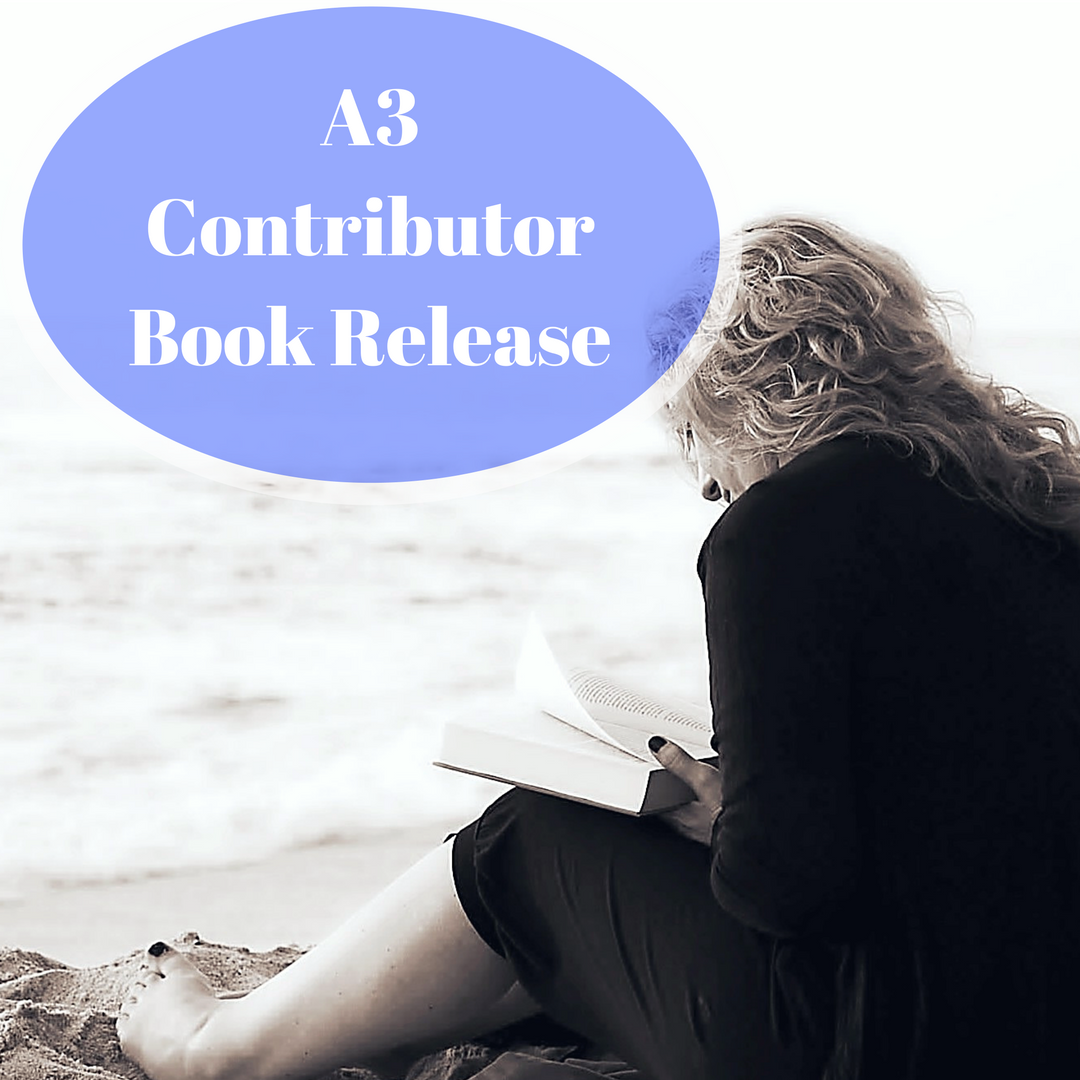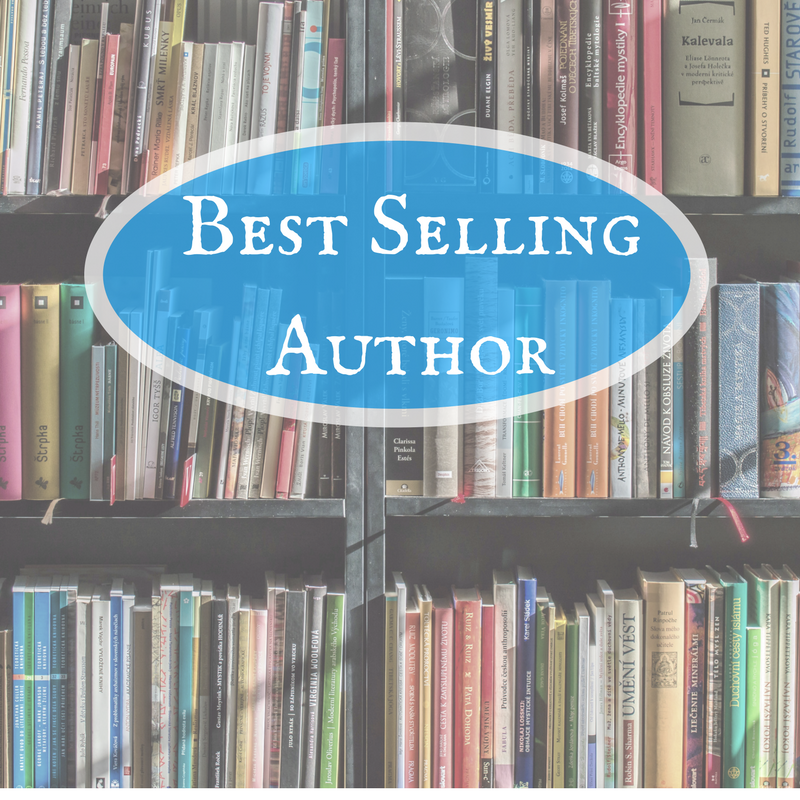
Your Goldilocks Moment
Whether you are writing your first mystery/thriller or have become a seasoned veteran, one thing remains true. Writing in…
November 17, 2021
Whether you are writing your first mystery/thriller or have become a seasoned veteran, one thing remains true. Writing in…
November 17, 2021
Good plot twists can make or break our story. While twists are important to all fiction writing, they are…
October 17, 2021
What’s the secret of using others’ stories to beef up our own without plagiarizing? I’m always looking to craft…
July 17, 2021
Ever heard someone say, “I love a good mystery!” That’s more likely than hearing“I love a good suspense story.”…
June 17, 2021
Somewhere along the way doubts may have bubbled up and spilled over. Is the mystery, suspense, thriller genre still…
October 17, 2020
Battered fingers dig into the edge of a balcony on the twentieth floor of a New York apartment building.…
July 17, 2020
Patricia Bradley, an award-winning author who writes page-turning suspense, was my first Novelists Unwind guest…way back in August 2017!…
June 26, 2020
Your opening scene has edge-of-your-seat tension, your characters are witty and full of life, the description of your setting…
May 17, 2020
Why do you write fiction? Why cloak your story in the mystery, suspense, or thriller genre? The right answers…
April 17, 2020
Almost an Author is pleased to announce the recent release of Border Breach by Mystery/Suspense/Thriller columnist Darlene L. Turner.…
April 14, 2020
Without a perfect bait a fisherman loses their chance in catching a fish. They must take their time and…
February 17, 2020
Can you share a little about your recent book? I started out wanting to write another Christmas story and…
February 1, 2020
“I write fiction. Is research really necessary?” “… a novelist has nearly the same obligation for accuracy as a…
January 17, 2020
Voice and style can make or break an author’s novel, so how can we make it stand out from…
November 17, 2019
Should I worry about trends? Do I write what I want and hope it sells? Is the mystery, suspense,…
October 17, 2019
Everyone uses body language in one way or another. Talking with a friend, in a business meeting, or at…
September 17, 2019
Suspense is what keeps readers turning the page but writing a story without it can leave them feeling jilted.…
April 17, 2019
Have you ridden a roller coaster and felt the exhilaration or fear of being tossed about while your feet…
January 17, 2019
Tension is the unresolved conflict in a story that keeps a reader turning pages. All scenes need tension, from…
December 17, 2018
Authors begin a new story by creating and building their characters—the hero, heroine, and villain, but shouldn’t we also…
November 17, 2018
There’s nothing more satisfying for an author than to hear readers say they couldn’t put the book down. It…
October 17, 2018
Romance with suspense or romance with glamour? Why pick one when you can have both? Lynette Eason I met…
September 26, 2018
Once upon a time writers actually left their characters hanging from cliffs. In the early days of movies, when…
August 31, 2018
Did you know there are conferences throughout the country that focus on the mystery / suspense / thriller genre?…
July 31, 2018
Are you writing a mystery or a thriller? Do you know how to tell the difference between suspense, thriller…
May 31, 2018